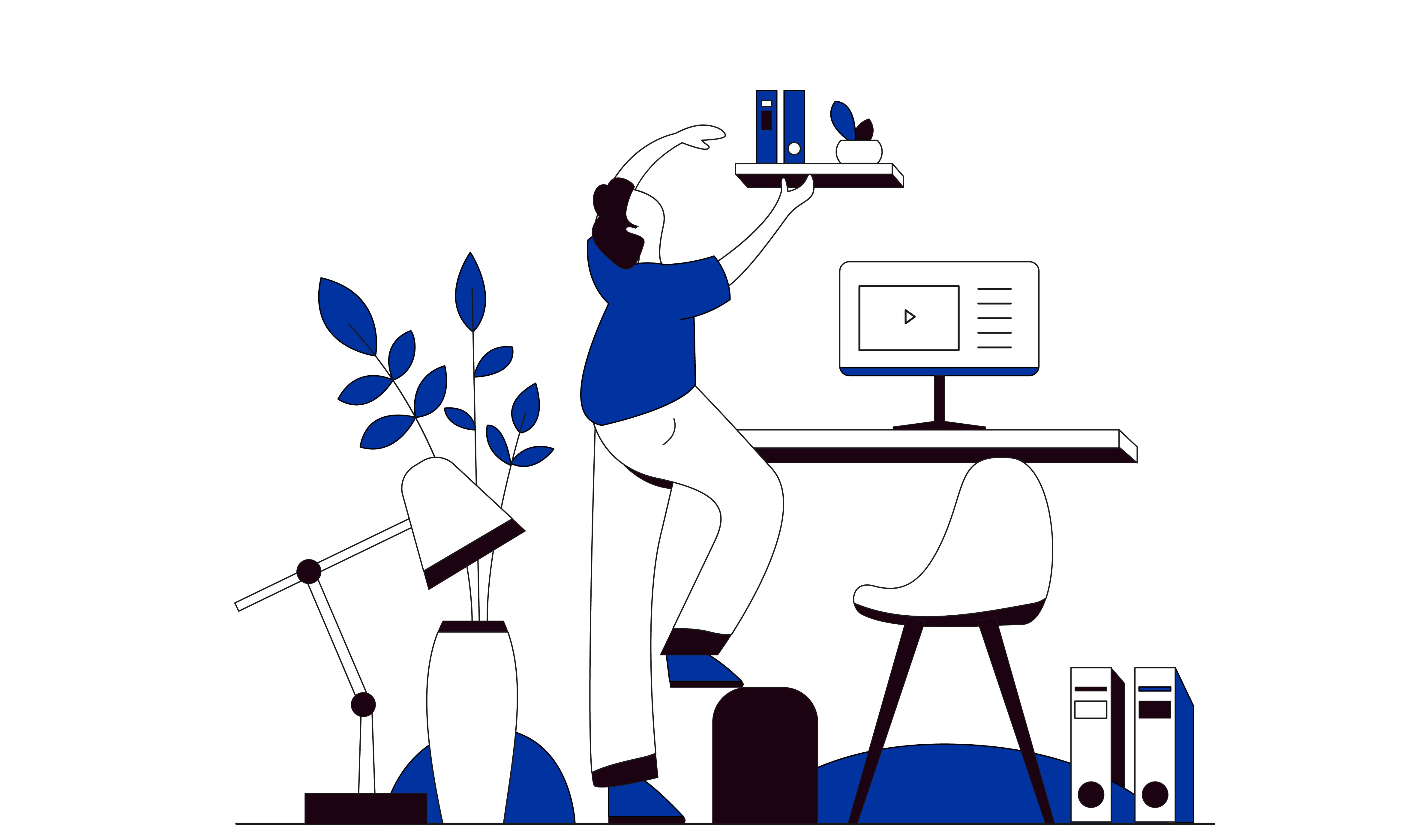Disinformation about migration
Below is an abridged excerpt from “The challenge of real-time analysis: making sense of the migration and mobility implications of COVID-19” by Dr. Marie McAuliffe, Dr. Céline Bauloz and Adrian Kitimbo published by Migration Policy Practice. Review it and answer the questions below.
The challenge of real-time analysis: making sense of the migration and mobility implications of COVID-19
Traditional and social media are currently flooded with new information, data and analysis on COVID-19. Most of this new output is understandably focused on the primary concerns of this unprecedented global health crisis, and yet as the pandemic expands and deepens, we are seeing more output on systemic issues, such as its migration and mobility dimensions. In fact, publishers of all types – news outlets, blogs, scientific/academic journals, government authorities, social media platforms, think tanks, UN agencies – are under pressure to remain relevant and contribute knowledge by producing analysis on COVID-19. This is, of course, not new. In 2015, for example, we witnessed an explosion in reports on the so-called mass migration crisis to Europe as writers, analysts, regulatory authorities and readers struggled to make sense of the scale of the movement and the various humanitarian and other responses it sparked. Unlike the 2015–16 events in Europe, however, COVID-19 is a global crisis affecting almost all countries and territories around the world as well as their entire populations. As at 15 April 2020, there were around 2 million confirmed cases of the disease in 185 countries/territories, that had resulted in over 125,000 confirmed deaths (John Hopkins University, 2020). The combination of high transmission and severity means that this pandemic is forcing all of us – policymakers, practitioners, analysts and the public – into unchartered territory. Despite many clinical, social and economic unknowns, there remains significant pressure to fill the knowledge gap, especially to inform effective responses being developed in real time. Key knowledge of migration: frames of reference for analysis Existing knowledge, evidence and analyses allow us to place new information on COVID-19 within a frame of reference as it comes to light. Rather than looking only at the here and now, we need to be understanding change in terms of longer-term migration patterns and processes. The significance and implications of COVID-19 can only be sufficiently understood and articulated when contextualized and rooted in current knowledge of migration (see Table 1).
Misinformation The misinformation surrounding the pandemic is symptomatic of today’s demand and consumption of instantaneous information produced, at times, by non-experts with, more or less intentionally, little consideration for evidence-based, balanced and rigorous analysis. Social media are the archetypical medium through which misinformation and fake news are nowadays convened and propagated due to the difficulty of oversight (Zubiaga et al., 2016). They further constitute one of the prime platforms where individuals access information, especially during COVID-19 lockdowns when media consumption is increasing (Jones, 2020). The UN has recently launched its Communications Response initiative to “flood the Internet with facts and science while countering the growing scourge of misinformation”, however, given the volume of (mis)information and mentions produced daily, the challenge is a daunting one.

Questions
Describe why global events, like the COVID-19 pandemic, are a catalyst for the spread of disinformation and misinformation.
How does the content in Table 1 work to combat disinformation about migration during COVID-19?
Describe how social media is a medium through which misinformation circulates.